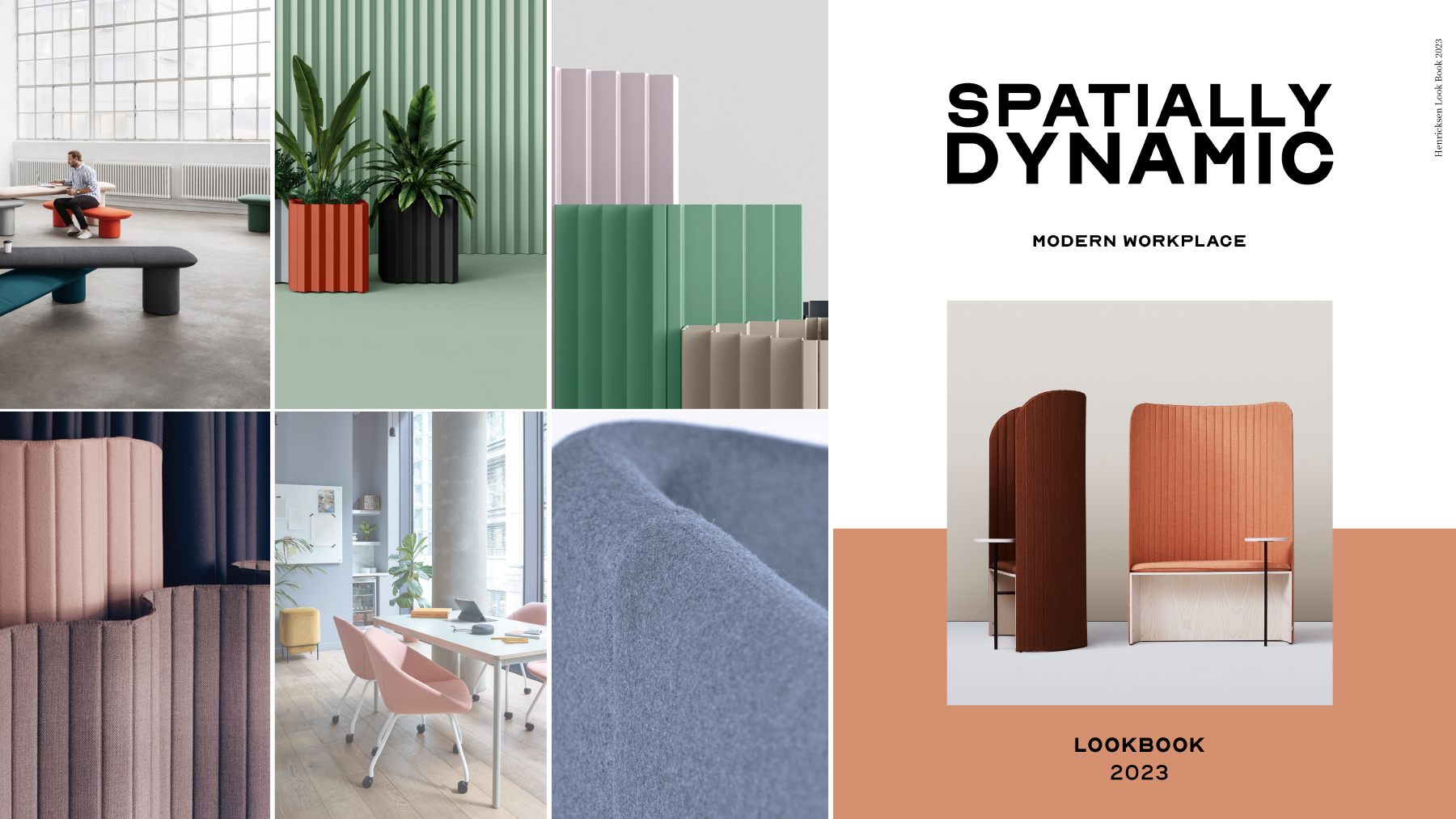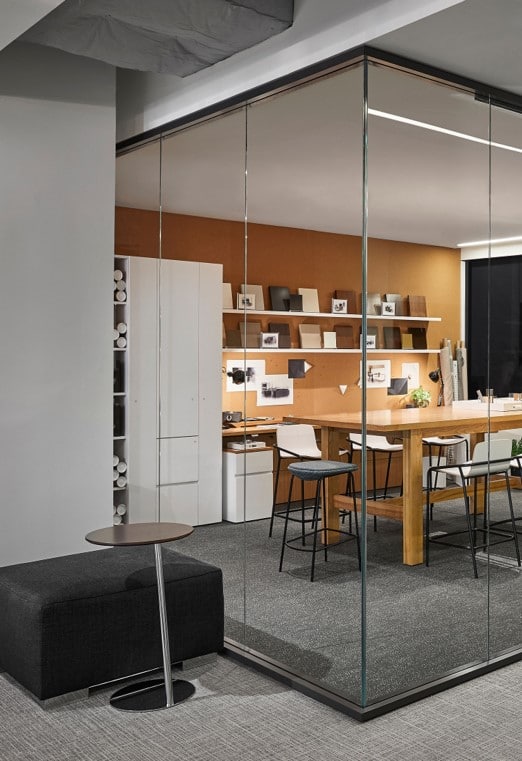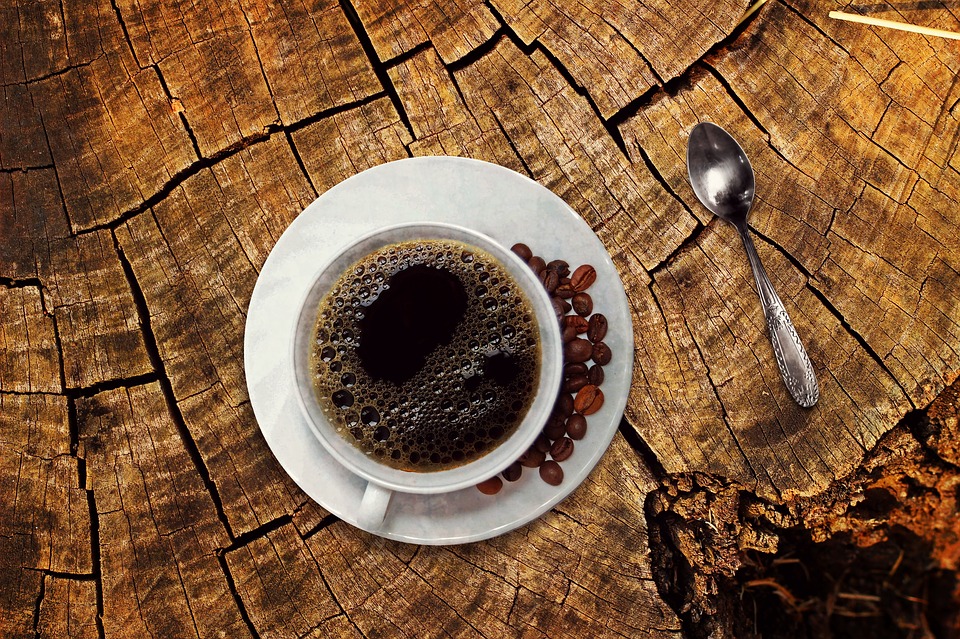Offices in the1940’s had many differences and similarities to today’s open plan designs.
Those were the days… when desks were solid wood with fixed drawers and were teamed with a matching, very uncomfortable, wooden chair.
Telephones were dialed using a rotary dialer with a great big hand set wired to an even bigger, heavier base, also wired into a telephone jack on the wall.
Fax machines weren’t even dreamed of yet and personal computers were science fiction!
Private offices were the sign that you’d made it up the corporate ladder and were elevated way beyond the lowly typist pool.
Ah… the typist pool… A place where typists sat in rows churning out triplicate carbon copies of documents typed at 60 words a minute. Surrounded by clacking typewriter keys and the bell-like pinging of carriage returns as typists ratcheted the typewriter ‘carriage’ back to the beginning of the next line on the page.
If you were born after 1980, you probably won’t have experienced that kind of office environment.
Funnily enough, there were probably more similarities to today’s work place than in later decades. In the 1940’s, only the most senior of staff would have their own private office. The bulk of the work force would sit in long rows in large, open halls.
In the 1980’s and 1990’s, the trend was towards more private offices for both mid and senior management, with high wall cubicles for individual employees. Cubicles were generally in the middle of the office space with private offices lining the perimeter. The private offices had access to natural light, but the employees in the cubicles had to make do with artificial lighting.
Today with the flattening of corporate hierarchy, and a need to decrease real estate footprints, private offices are becoming increasingly rare.
Most organizations are designing open plan work environments with space allocated for collaborative and individual work. Everyone gets access to natural light and even C.E.O.’s are beginning to ditch their plush private offices in favor of a more informal and fluid work environment.

In the image above, you’ll see a classic current office set up typified by bright colors, a light, open space and flexible workstations. You can read more about the featured Allsteel products here: (Further, Mimeo, Scooch, Transfer)




